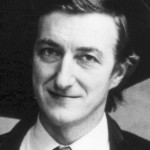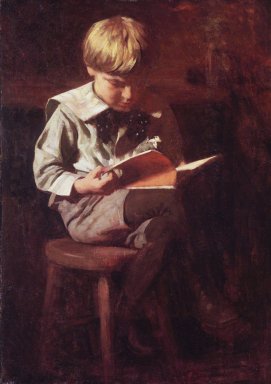【Watch Carnal Sins (2001) full movie】
Hollywood isn't just dragging its feet when it comes to LGBTQ representation. In 2017,Watch Carnal Sins (2001) full movie it actually took a step back.
According to GLAAD's annual Studio Responsibility Index, the percentage of mainstream releases featuring queer characters actually droppedto 12.8% in 2017, down from 18.4% the year before.
SEE ALSO: 2017 was a good year for LGBTQ cinema – if you knew where to lookThat's just 14 of the 109 films released by the seven major studios (Fox, Universal, Warner Bros., Disney, Sony, Lionsgate, and Paramount). Indeed, the 2017 percentage is the lowest ever tallied by GLAAD since it started releasing these annual report cards in 2012.
Granted, some fluctuation is expected from year to year, and a dip isn't automatically an indication that we're regressing. We should also point out that the indie and foreign film worlds were a different story. But it says something that mainstream American cinema is back where we were six years ago.
Here are some of the report's other interesting findings — the good, the bad, and the ugly.
The good: More racial diversity
GLAAD counted just 28 LGBTQ characters across all 109 mainstream studio releases in 2017. But one pleasant surprise is how diverse that group turned out to be. Just 43% of those characters were white; 28.5% were black and 28.5% were Latinx. (Examples include Zoë Kravitz's character in Rough Nightand Demián Bichir's in Alien: Covenant.)
Even here, though, there's room for improvement. There were no queer characters of Asian descent— or, for that matter, any other ethnicity or race.
The bad: Missed opportunities
The report picked up on one of the more frustrating trends in mainstream cinema: including LGBTQ characters, and then downplaying or obscuring their sexualities. For example, Tessa Thompson has said she played her Thor: Ragnarokcharacter Valkyrie as queer — but you wouldn't know it from the finished film, which cut out a scene that would've confirmed her as such.
Indeed, superhero movies in general seem to be whiffing hard here. GLAAD points out that a number of comic book characters have seen their queer identities erased in their big-screen adaptations — in addition to Valkyrie, there's Korg (also from Thor: Ragnarok), Wonder Woman, and Poison Ivy and Harley Quinn (from The Lego Batman Movie).
The ugly: No trans characters
Even in this dismal cinematic landscape, some under the LGBTQ umbrella had it worse than others.
64% of the 14 queer-inclusive films featured gay men, 36% featured lesbians, and 14% featured bisexuals. Meanwhile, exactly zeroof the 109 mainstream studio films analyzed by GLAAD had trans or non-binary characters. (There was a trans actress, Jamie Clayton, in The Snowman, but no indication that her character was trans.)
That figure is a stark reminder that not everyone is making progress at the same rate — and that just clamoring for moreinclusivity isn't enough. We as moviegoers also need to demand better and broader queer representation, until the world we see onscreen starts to reflect the diverse one we see in the real world.
Featured Video For You






Related Articles